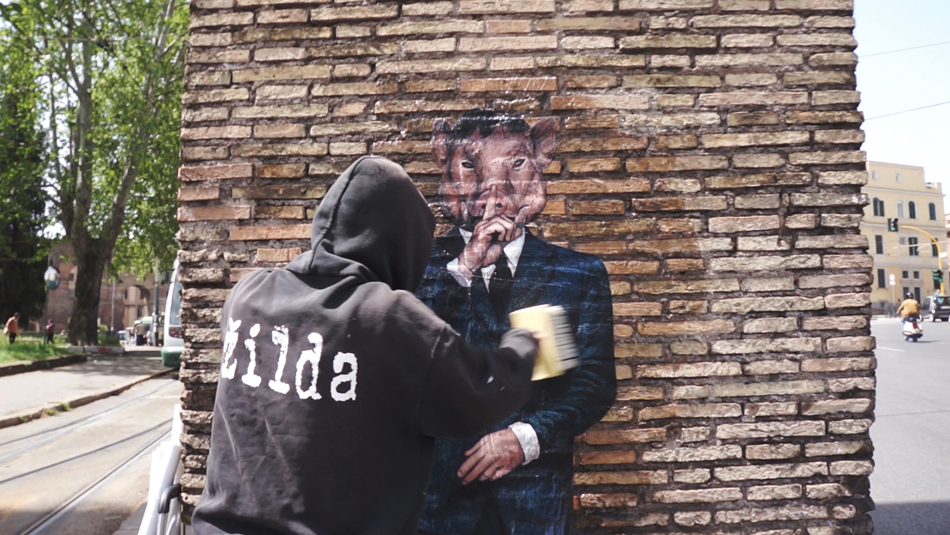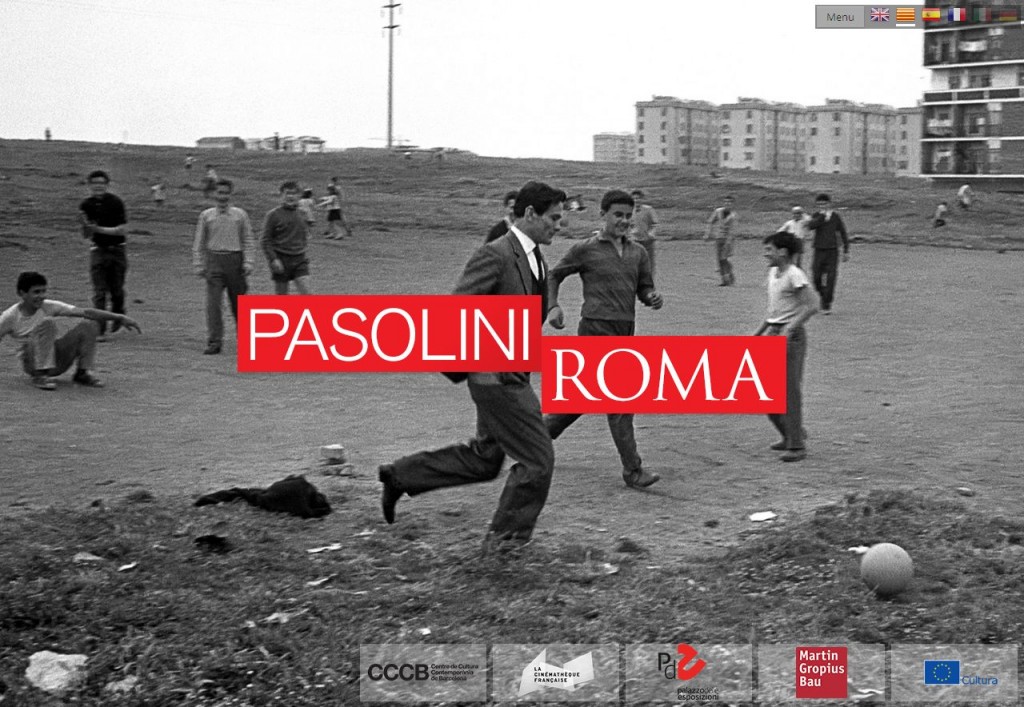In the last letter that he wrote from his home village of Casarsa, Pier Paolo Pasolini said, “I’ve decided to take my mother to Rome as of tomorrow, at my father’s instigation, and entrust her to my uncle; I’ll be unable to stay in Rome, because my uncle made it clear that he cannot put me up.”
Finally, however, Pasolini did stay in Rome. At the age of 27, after an episode at the centre of a homosexual scandal and his subsequent expulsion from the Italian Communist Party (PCI), on 28 January 1950 the artist began his relationship with the capital.
To his eyes, the city appeared as a place full of contrasts that quickly became a major source of inspiration and that can now be rediscovered by following the writer and filmmaker’s biography on the website of the exhibition “Pasolini Roma”, from the suburbs of Ponte Mammolo to the residential neighbourhood of the EUR (Esposizione Universale Roma).
Web Pasolini Roma, a project developed by the website team of La Cinemàteque Française.
By either using the timeline or alternatively by following any of the ten colour itineraries offered, on the website you will find 50 addresses of places and emblematic periods of Pasolini’s Rome, that include the houses where he lived (green), details of his social and intellectual life (ochre) and spots that inspired his literature (orange).
In the decade of the 1960s and marked in blue, the exhibition website also offers the opportunity to view the sets of the films Accattone, Mamma Roma, Uccellacci e uccellini and La Ricotta.
The website lets visitors browse through ten chronological itineraries of the life of Pasolini. The contents can be viewed in Catalan, Spanish, English, French and soon Italian.
Specifically, the La Ricotta trial, for which Pasolini was initially given a four-month suspended prison sentence, marks the starting point of the red itinerary which follows the author’s political life and covers, for example, the breakdown of relations between Pasolini and the city’ students following the demonstrations of 1968.
Following the timeline, the last itinerary included on the website is the pink itinerary, which tells of the discovery of Pasolini’s body on the beach at Ostia and his funeral at the Campo de’ Fiori, where the people of Rome responded emotionally, eventually turning the funeral into a political demonstration.
French Street Artist Žilda evokes Pasolini
 The website also invites its visitors to immerse themselves in another route: the black itinerary. It follows the works of French street artist Žilda, who, to coincide with the exhibition, has painted graffiti in the corners and streets of Rome that evoke the ghosts of Pasolini.
The website also invites its visitors to immerse themselves in another route: the black itinerary. It follows the works of French street artist Žilda, who, to coincide with the exhibition, has painted graffiti in the corners and streets of Rome that evoke the ghosts of Pasolini.
Scenes from the films Porcile (“Pigsty”, 1969), Il fiore delle Mille i una Notte (“Arabian Nights”, 1974) and Saló (“Salo”, 1975) attract the attention of passers-by from walls, columns and half-hidden nooks of the Italian capital, where some people stop to interact and have their photograph taken with the work.
An artist who resorts to numerous references (such as the Renaissance, Greek mythology and Italian neo-Realism) Žilda has papered with walls of Rome with life-size figures that reproduce and at the same time reinterpret Pasolini’s filmography, but that above all call passers-by to form part of the relationship that was established sixty years ago between Pasolini and the city.









